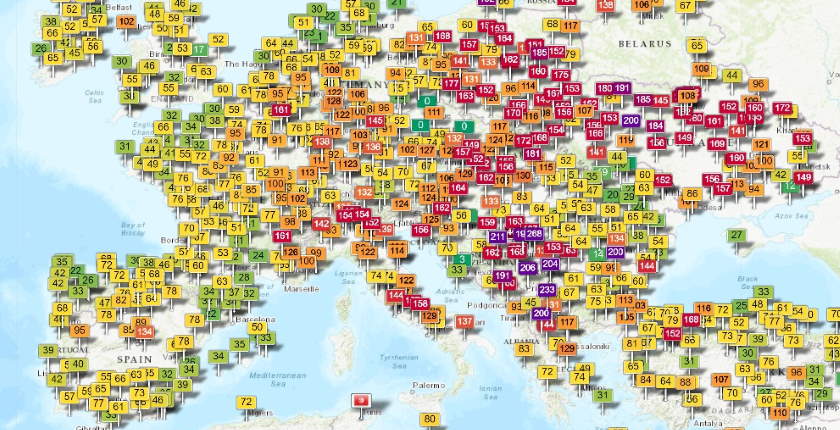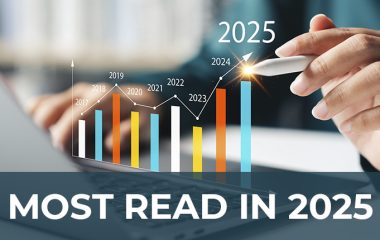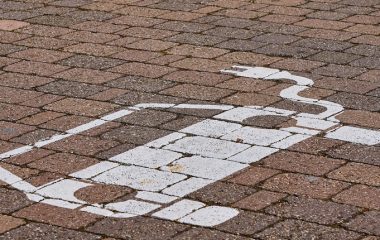
Photo: Chronis Yan on Unsplash
While measures to reduce emissions of pollutants are being delayed, unfavorable meteorological conditions in Belgrade and Serbia are contributing to air pollution levels, which have been drastically elevated for several days, experts told Balkan Green Energy News.
Serbia became completely purple – air pollution indices have been hitting extreme highs at night, while subsiding somewhat during the day. The people of Belgrade have been complaining of a burning smell and mist appears at night and in the morning.
Such events are frequent during the heating season but the latest spikes were among the strongest ones so far. Readings on the AirVisual application, which utilizes the US AQI index methodology, occasionally topped 300 last night, which means pollution is considered hazardous for health. According to expectations for this evening, the situation is likely to repeat.
No change without wind
Asked about the weather forecast that a Saharan dust plume is coming, Professor Vladimir Đurđević from the Faculty of Physics in Belgrade told Balkan Green Energy News the impact could currently account for 5% to 10% of air pollution and that the main factor is the lack of wind. The phenomenon occurs two to three times a year.
“The day length is too short now for the Sun to cause mixing in the atmosphere that would clean the air as the ground layer, in which pollution is concentrated, is still thin. In daytime, one of the mechanisms that leads to atmospheric turbulence becomes active, so some of the polluted air mixes with the clean air that is higher up, so pollutant concentrations drop. But as soon as the sun sets, the border between the layers starts to descend, the mixing weakens and the concentrations jump,” he stated and added the effect is common in winter months.
Moisture and the lack of wind currently contribute the most to the rise in pollutant concentrations
Đurđević noted humidity increases when the border layer descends and that such conditions strengthen the mechanism of the creation of secondary PM particles – particulate matter, one of the most dominant pollutants.
“Secondary particles are created from sulfur oxides, which our thermal power plants emit in vast quantities. When there is no sun, humidity grows and then a large part of particles in the air are secondary and not primary ones. So they weren’t emitted as particles but they were created from gases,” he stressed.

Air quality can’t be improved by decree
Air quality monitoring expert Milenko Jovanović said it is inexplicable why the measures are being delayed to decrease the emissions of pollutants from individual furnaces, thermal power plants, smaller boilers, transportation and the heavy industry. He asserted he is convinced that the reason why he was fired from the Serbian Environmental Protection Agency (SEPA) last year was that he had pointed to irregularities when the criteria for the representation of pollutant concentrations in colors were changed.
Improvement in air quality can’t be achieved by decree but by acting and tackling pollution sources, he told our news outlet and added that the number of furnaces and boilers in Belgrade would need to be at least halved to 150,000 for tangible progress.
The Serbian Environmental Protection Agency recently changed the criteria for the categories of air pollution that are visualized by colors
Jovanović said SEPA’s national air quality index for hourly values was recently altered so that it shows lower pollution, with the intention to achieve a “psychological, artificial” influence on citizens that see the information displayed in the media.
“At one point today I saw that the pollution concentration in Vračar was at 91 and that the index showed red, which implies the air is polluted. According to the old criterium, the value would be marked purple,” he stated. In the methodology that SEPA uses, the color stands for very polluted.
What work does workgroup do
At today’s press conference in front of the City Assembly of Belgrade, activist Radomir Lazović from the Don’t Let Belgrade Drown movement raised the issue of whether the workgroup that the Government of Serbia established one year ago, during another air pollution episode, achieved any results. He also asked where the money from the eco tax went.
New emitters of air pollutants haven’t been registered in the Serbian capital city’s draft air quality plan, said Dragana Đorđević, an advisor at the Institute of Chemistry, Technology and Metallurgy (IHTM) of the University of Belgrade. She pointed to the example of the Mei Ta foundry in Barič in Obrenovac municipality and said the plant only obtained licenses for tool production and as a storage facility.


















logistical